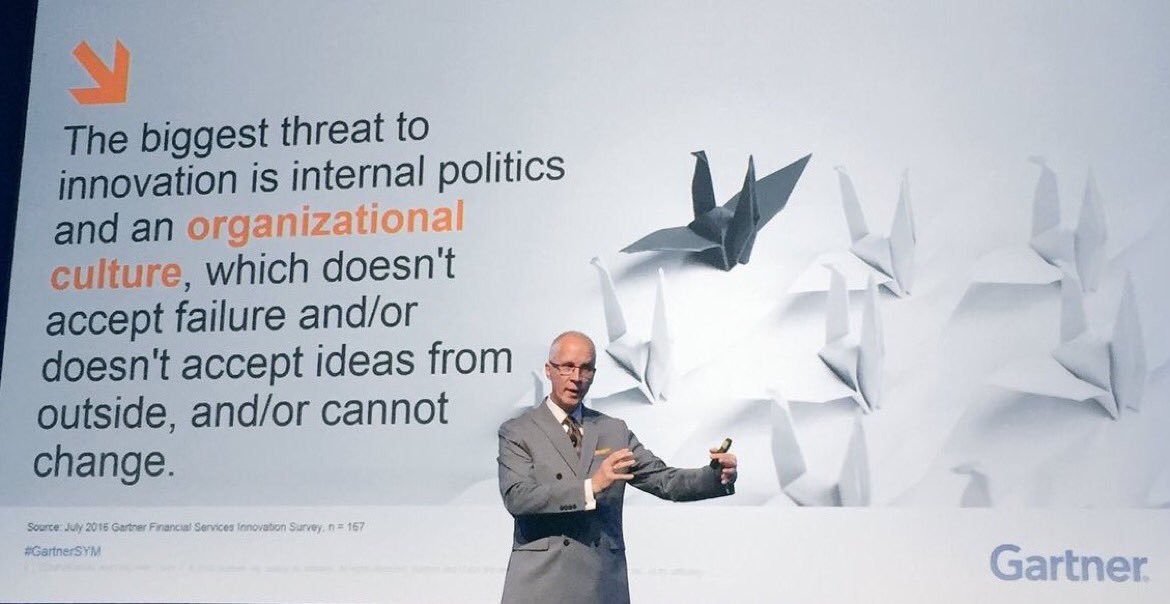An article about agile and digital transformation, looking at the speed of change in organisations and highlighting the need to change even faster than before.
A short history of Agile and Digital
The agile manifesto was written in 2001. It’s almost 2017 and some people are still struggling with the basics, never mind the enterprise stuff. Some cultures don’t move very quickly, for them they have organisational inertia holding them back. This is likely to be a problem in the increasingly fast moving world.
Digital had its earliest roots in 1989 with the invention of the web and began to get some traction in mid 1990s with the launch of Amazon, Yahoo and eBay. Many of us have used these services and shopped online. Using the internet to buy things has become increasingly routine for 20 years. Yet government still struggles with it and we are still engaged in channel shift from contact centres to online rather than digital transformation. That’s more than 2 decades later and we’re still doing channel shift. Why?
Digital transformation – what is it?
Digital transformation isn’t just about channel shift, I prefer this definition:
Digital transformation is the profound and accelerating transformation of business activities, processes, competencies and models to fully implement the changes and opportunities of digital technologies and their impact in a strategic and prioritized way.
Digital transformation isn’t just about the web and accessing services on the internet. When Tesco launched their Clubcard in 1994 the then chairman noted “What scares me about this is that you know more about my customers after three months than I know after 30 years”. An electronic card allowed Tesco to gain customer insight and on the back of that overtake its competitors. Amazon Echo and Google home don’t have a screen, yet are rapidly transforming how we access information. It builds on a trend where an estimated 50% of searching will be voice based by 2020. Do your services cater for this? Will they by 2020 or will you still be building form based websites?
Digital transformation goes well beyond having a website and getting fewer people to call a contact centre. That’s just channel shift, not digital transformation, whatever people may say.
Agile transformation
The use of agile often supports digital transformation and agile is mandated as part of the GDS digital service standard. The government digital service has done great work with agile but there were still the corporate legal types focussing on procedure rather than the delivery of value. Even in 2011 we had “Agile will fail government IT says corporate lawyer“. I would suggest to the solicitor, (in legal terms “ex proprio motu” as they seem to like old language that doesn’t change) that the last 7 years has proved him wrong.
When I signed the agile manifesto in 2007, I wrote then that I was interested in seeing how agile could scale. With the advent of the Scaled Agile Framework there is a model of how Agile might work at enterprise level including funding teams rather than projects.
Earlier in my career when waterfall was more prevalent, I don’t recall going into organisations having to explain waterfall to them, yet despite 16 years of agile it’s not widely understood or appreciated in some organisations. Some organisations really need to catch up with the real world.
The speed of change in some organisations still thinking about channel shift, never mind digital transformation is sadly glacial. The same is also true about organisational culture which means that in many organisations it’s still waterfall by default, agile by exception or some hybrid horror story in which a scrum master is simply a relabelled project manager. There is a good explanation from gov.uk “you can’t be half agile“. There is also a quote from the scrum guide
Scrum is free and offered in this Guide. Scrum’s roles, artifacts, events, and rules are immutable and although implementing only parts of Scrum is possible, the result is not Scrum. Scrum exists only in its entirety and functions well as a container for other techniques, methodologies, and practices.
Yet organisations somehow end up having “scrum masters” that a little more than project managers that run daily team meetings (“daily scrums”). Lots of bad agile.
Please stop this nonsense. Agile is getting a bad name because of these half-arsed implementations where people are clinging onto waterfall like a child clinging onto a dummy. It isn’t helping your organisational agility, your time to market, your ability to deliver value, your ability to respond to the competition and your ability to hire the best people. Clinging onto waterfall is quite likely slowly killing your organisation.
This isn’t just my view, here’s a slide from Gartner

Innovate or die, however organisational culture and internal politics is holding back an organisations ability to innovate, therefore is contributing to the organisation dying.
The idea that agile somehow “needs” a waterfall-type methodology to give it control and governance is nonsense (Source: UK government)
Ah, but we need waterfall for safety critical systems and building bridges, don’t we? The old chestnuts. Actually no. The four agile values still apply.
What agile is about is minimising the cost of change in order to deliver value efficiently. Change should be at the centre of what we do, rather than an exception as it is a fact of doing business. When business requirements change, the solution can adapt accordingly and thus the cost of change is kept as low as possible whilst achieving quality goals and delivering value early.
Some things have a very high cost of change such as finding out your nuclear power station has a significant design fault but as much as possible agile principles can be used of swappable components, upgradeable components, implementing things in software, trying things out in a safe way before building them.
As an example, when I travel on Edinburgh Transport they have introduced some hardware for reading smart cards. Implementing a hardware solution is expensive and hard to upgrade. Supposing I could buy a ticket online, have a barcode that showed my ticket and then have a driver on the bus with a ticket scanning app using the phones camera which was able to validate my virtual ticket by scanning it and didn’t require internet access because the decoding was built into the app.
No special hardware required. Simple upgrades via software. That’s doing away with hardware and replacing it with a flexible solution. Low cost of change, agile thinking.
Towards the future
Gartner’s predictions for 2017 and technology trends include conversational systems. We’re now entering the 4th era of transformation according to leading IT futurist Robert Scoble. If you’re still doing channel shift in 2017 then how much time will you be giving to conversational systems, chatbots and voice based services? How much time will your competitors?
Can you keep up with them? Isn’t it time to accelerate your adoption of digital to at least keep up rather than deal with 20 year old problems? Are you going to struggle to attract the best talent if you are seen as behind the times? Are you aware that AI bots will power 85% of customer service interactions by 2020 (Gartner). Bye-bye, call centres and wait times (and maybe webform usage too).
My concern is that if organisations still struggle with agile transformation and digital transformation then when the new challenges of AI, voice based searching and the internet of things arrive in force then organisations will be ill equipment to deal with the challenges that these bring.
The rate of change will accelerate even more with 5G communications. The rate of change at the moment is from a country whose 4G coverage is only 54th in the world, behind Romania and Albania, Panama and Peru. How will your organisation cope when we become a top 10 digital nation?
Even gov.uk is still struggling with building forms driven websites rather than voice based services. It seems like a rerun of organisations clinging onto Windows XP long after its sell by date with all the costs that involved including desktop browsers being unable to access modern websites.
Underinvestment in IT and perceiving IT to be some sort of service function to a different part of the organisation called “the business” is not going to build an optimally performing agile business in a digital world. We only have to look at RBS to see the effects of systemic underinvestment in IT. RBS woes continue, abandoning an IT project costing £1.5Bn as part of the Williams and Glynn programme.
Far too much legacy sprawling IT that should have been maintained, replaced and removed years ago. Unfortunately, the bank’s priorities were often growth rather than agility. Prioritising “the business” rather than collaborating with IT.
We need to prioritise agility as the rate of change is only going to get quicker. Organisations need to not only catch up with yesterday’s problems but prepare for tomorrow’s. Although GDS has had successes, and public does want to engage digitally with the government, 45% believe that expectations regarding the delivery of current digital services are not being met today – this number will only increase when services such as Google and HSBC have voice interactions but GDS is only using forms driven interactions.
The same survey noted “Respondents view the banking sector to be leading the pack by successfully creating a frictionless experience that does not compromise on security and trust.” GDS themselves are well ahead of many other organisations so the picture of digital transformation as a whole does not look particularly good, and the lack of embracing agile and having embedded waterfall processes is not likely to be helping.
We have the great AI awakening which could bring an age when AI driven services from Google, Amazon, Apple and others will be requesting second level services to perform on our behalf will your services be compatible with this or are you still expecting humans to complete forms online? “Hey Google, pay my income tax due” is a lot simpler than the current mess of logins, forms, forgotten passwords and the complexity being presented to the citizen. The citizen needs outcomes not processes. “Hey google, please renew my passport” not “Please login to gov.uk to start your passport renewal process.”
What does the leadership of tomorrow look like?
The recent leaders 2020 study conducted by SAP, Oxford Economics, and McChrystal Group stated everything You Know About Leadership Is Wrong and goes on to say:
The pace of change in today’s Digital Economy puts new demands on executive leadership, but the results of a global research program by Oxford Economics and SAP show that most companies are stuck in the past.
Some companies are more prepared for the digital future. Oxford Economics identified a set of capabilities and practices that define the best-led organizations—we call them Digital Winners. At most companies, digital transformation is just beginning—only 16% of respondents qualify for this elite group.
In their previous large-scale study, Workforce 2020, they warned that businesses were headed over a “leadership cliff” if their executives did not update and upgrade their abilities. Two years later, the edge of the precipice is in sight: demands on management have only intensified, and the pace of change makes skills obsolete faster than ever.
One of their key conclusions was “Leadership needs to empower managers and workers across the enterprise to make decisions quickly, without bureaucratic bottlenecks.” and “Digital leaders make it a priority to continually simplify processes and decision-making procedures to reduce institutionalized complexity and bureaucracy.
These impediments take a real toll. A study by the Economist Intelligence Unit found that organizational complexity costs businesses up to 10% of profits”. This is where an agile culture can help. Quick decision making and a management structure that creates vision, long term goals and which supports the delivery of value rather than impeding it.
Scaled Agile
What does Scaled Agile mean? Rather more than a scrum of scrums, it’s an organisational shift across development, finance, legal and impacts across the organisational culture. It’s funding teams rather than projects and of not considering the IT dept. and “the business” to be two separate entites in some sort of client-supplier relationship.
In the current model if a project has a £10m budget and the team is successful and delivers early, it might come in under budget. Rather than then penalising the budget holder for not spending their budget or the practice of “wasting” money at the end of the financial year on less important work, then start the next project in the pipeline early.
This means you are always working on the most important thing to deliver business value, not the most important thing to protect your budget or align with the funding cycle. The current process encourages budget waste and has the overhead of standing up teams when a project starts rather than feeding a high performing team with a pipeline of work to deliver services and improvements.
Bringing it all together
In summary, we need to improve organisational cultures and increase our ability to respond quickly to change in the digital era. Agile cultures support this. A failure to do so will leave us in the slow lane whilst faster moving companies and countries take the lead.
Article by channel:
Everything you need to know about Digital Transformation
The best articles, news and events direct to your inbox
Read more articles tagged: Agile, Featured, Frameworks







